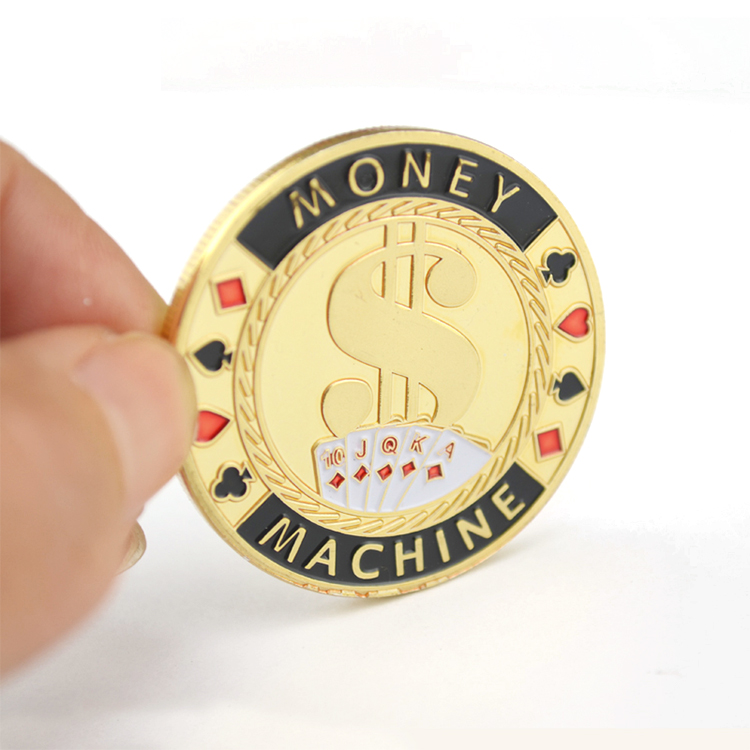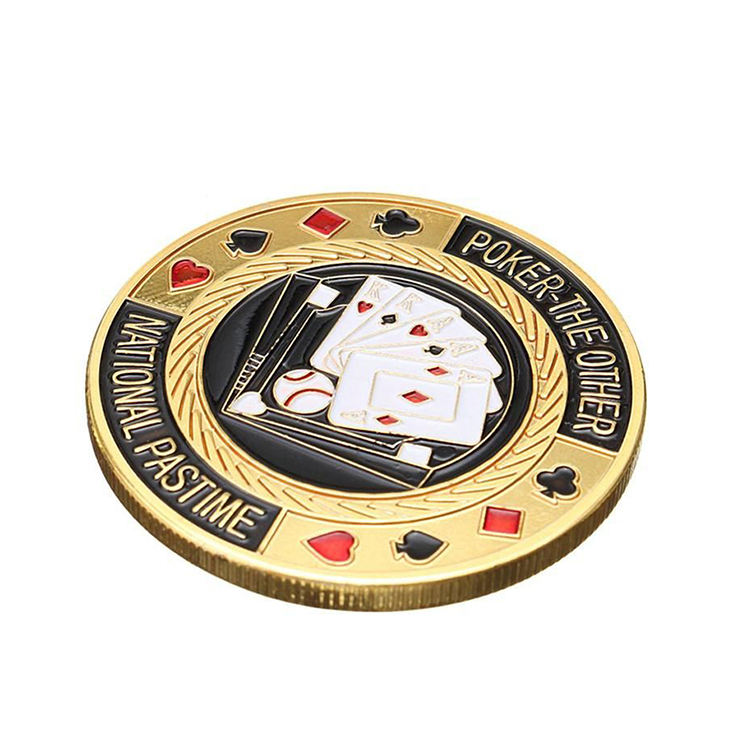The origins of card games can be traced back to ancient China, where paper money was first used to play a game called “paper tickets” in the 9th century. Over time, the use of paper money evolved into the use of playing cards, which were first recorded in China during the Tang Dynasty (618-907 AD). These early cards featured designs of different suits, but they did not have numbers or faces.
The concept of playing cards eventually made its way to Europe through the Silk Road trade routes, and by the 14th century, playing cards were widely used throughout Europe. The earliest European playing cards featured designs of cups, swords, coins, and clubs, and were likely used for gambling and fortune-telling.
Over time, playing cards evolved to include additional suits and designs, as well as numbers and faces on the cards. In the 15th century, French playing cards emerged as a popular design, featuring suits of spades, hearts, diamonds, and clubs, as well as the King, Queen, and Jack faces that we still see today.
As card games continued to grow in popularity, new games and variations emerged, such as Poker in the United States in the 19th century, and Bridge in the early 20th century. These games became so popular that they were eventually standardized, with official rules and regulations established for tournament play.
Today, card games continue to be a popular pastime all around the world, with countless variations and styles of gameplay. Many modern games have been adapted for digital platforms, allowing people to play online and even compete in international tournaments.
In conclusion, card games have a rich and varied history that has evolved over centuries of cultural exchange and innovation. From the earliest paper tickets of ancient China to the modern digital versions of today, card games remain a beloved form of entertainment for people of all ages and backgrounds.


